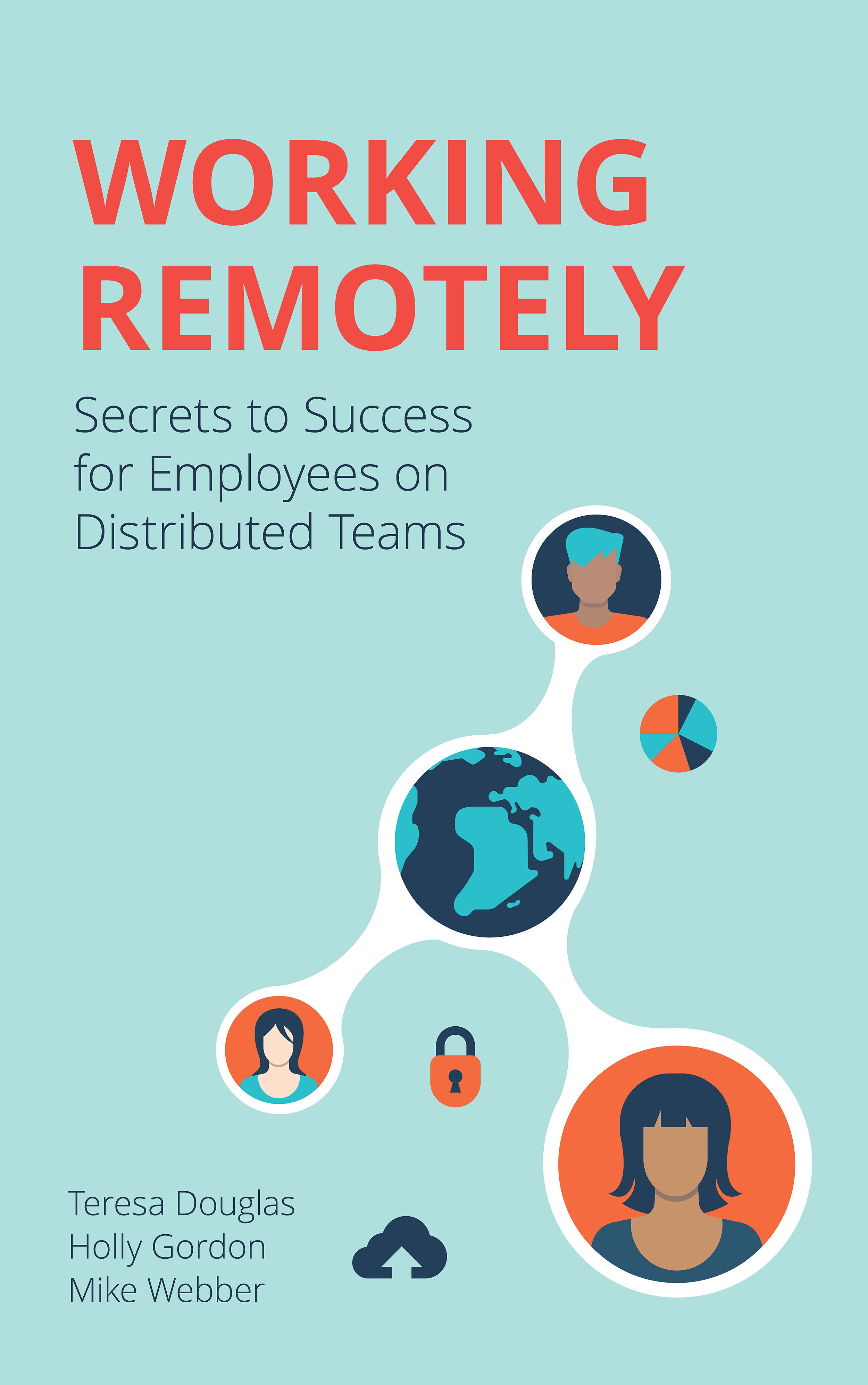Connecting socially with your coworkers is a vital part of staying engaged in the remote workforce. But how do you connect socially when you’re separated by screens and hundreds (or thousands!) of miles? You may think it’s impossible to have any kind of workplace social life as a remote employee, but by using all the resources and technology available, your social interactions can be extremely beneficial and enjoyable.
From this moment forward, be intentional in your interactions. You will no longer walk past someone’s office on the way to a meeting or run into them at the water cooler. These quick minutes here and there can build a strong foundation with coworkers. When working from home, the accidental meetings won’t necessarily happen on their own, so you need to make them happen.
Take time to just say hello to your coworkers. If your company uses an instant messaging program, periodically use this technology to check in. If you would normally stop in and ask someone how their weekend was in the office, do the same on instant messenger. These interactions only take a couple of minutes, but they can make a big difference in your relationships with coworkers. It can be much easier to work with someone if a social structure is built outside of regular work interactions.
You can also do quick check-ins when you see someone mentioned in a mass email. Promotions, project successes, and even birthdays are often communicated via mass email. Take the extra minute to reach out to the people mentioned and congratulate them. Your support can go a long way.
Stay actively involved in all communication methods set up by your team. If there is a group email going around or a running group chat, participate in it. If there isn’t, start one! Adding in a couple of thoughts here and there will not only help your team get to know you better but also help you feel more connected to your team. When you share your ideas, you will feel more involved and have a greater sense of satisfaction with your project work.
Video can be another great way to connect to your coworkers, so don’t be afraid of it. Making sure you are always camera-ready from the waist up is a great way to be able to interact with coworkers on a moment’s notice. Sometimes, seeing a friendly face is a huge morale booster. Being face-to-face also requires a greater amount of attention, as you likely will not be checking emails, walking around the house, or feeding the dog while video-chatting with someone. This increased attention leads to increased engagement and connection. Being fully present in communications with your coworkers can help them feel valued and show them you care.
There are many other ways to effectively use video with your coworkers. Scheduling time to meet as a group on video can have the same increased benefits as meeting one-on-one on video, combined with the positive effects of group conversation. These group interactions can happen in many different ways and with many different purposes. Work-along sessions are a great way to foster creative development, stay on track, and produce a large amount of work in a short amount of time. Typically, when in person, the focus of a work-along would be to brainstorm and think aloud. While this can happen in a virtual work-along as well, there’s an opportunity for a different focus. It can be incredibly helpful to “sit” in a virtual meeting room and work on the same project—even if most of the time it is silent, save for the sound of typing. Not only can you feel more connected, knowing that everyone is in the same mental space working on the same project, but you can also get on your microphone and ask a quick question at any point. If you need an idea for what to write next, or you want the group’s opinion on your next step, everyone is there working together. At the end of a work-along, your group will have a large amount of progress to show and celebrate since everyone was putting time and effort in together.

Follow us here and subscribe here for all the latest news on how you can keep Thriving.
Stay up to date or catch-up on all our podcasts with Arianna Huffington here.




